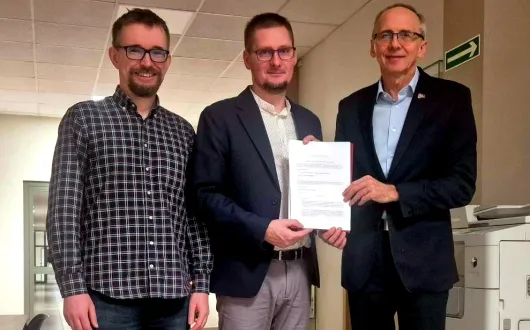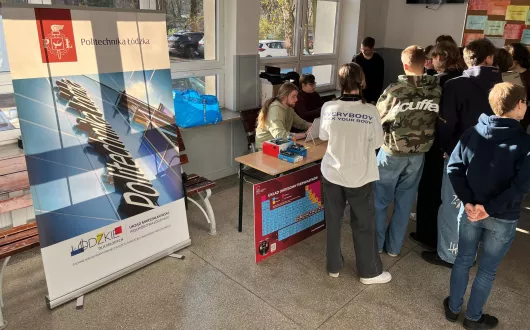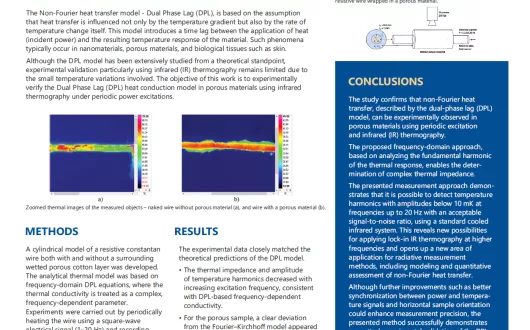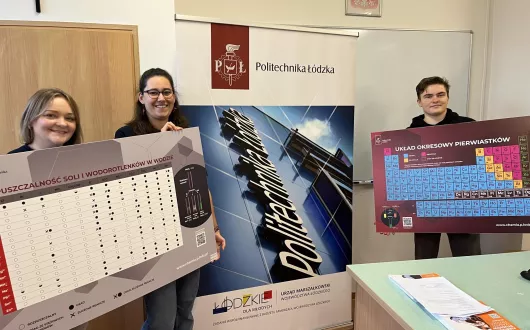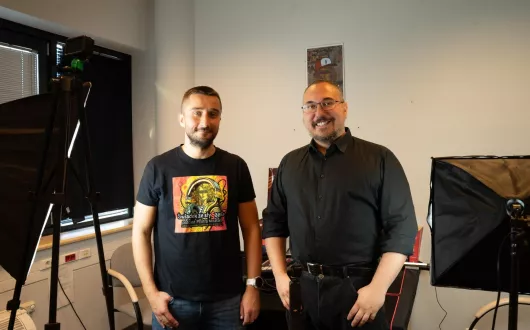We are pleased to announce the signing of a letter of intent between the Institute of Electronics at Lodz University of Technology and GCB, represented by Kamil Zjawiony, Director of Machinery Certification.
Authored on
Kategorie
Today, the annual Christmas meeting of the staff and PhD candidates of the Institute of Electronics took place. It’s a special moment when we can pause for a while, reflect on the past year, and simply enjoy being together.
Authored on
Kategorie
We are pleased to announce that the Institute of Electronics at Lodz University of Technology has signed a sponsorship agreement with Transfer Multisort Elektronik (TME).
Authored on
Kategorie
We warmly encourage you to take part in the scientific meeting of the Łódź Branch of the Polish Society of Theoretical and Applied Electrotechnics (PTETiS), during which the results of the competition for the best competency / engineering project will be announced.
Authored on
Kategorie
🗓️ On December 3, 2025, representatives of Lodz University of Technology visited the third- and fourth-year classes of the 15th Jan Kasprowicz High School in Łódź.
Authored on
Kategorie
On 26-27 November 2025, the Presidium meeting and the Plenary Assembly of the Conference of Rectors of Academic Schools in Poland (KRASP) took place at the AGH University of Science and Technology in Kraków. During the session, new members of the Main Council for Science and Higher Education (RGNiSW) were elected.
Authored on
Kategorie
🗓️ On 19 November 2025, Aleksandra Sibińska from our Institute, together with students from the MIPSA Student Research Group, visited the Jan Szczepanik Electronic and IT School Complex in Łódź - “Elektronik” - as part of the “Spend Your Break with TUL” project.
Authored on
Kategorie
We are pleased to recommend the latest article by our colleagues - Dr. Maria Strąkowska and Prof. Bogusław Więcek, together with Prof. Gilbert De Mey from the Department of Electronics and Information Systems, University of Ghent (Belgium).
Authored on
Kategorie
🗓️ On November 14 and 17, 2025, representatives of Lodz University of Technology visited two high schools in Łowicz:
🏫 Pijarski Queen of Peace High School in Łowicz
🏫 I High School in Łowicz
Authored on
Kategorie
We warmly encourage you to listen to the latest episode of the podcast “Świadek ze słyszenia”, in which Dr. Michał Bujacz from our Institute discusses one of the most dynamic and concerning phenomena in modern technology - audio deepfakes.
